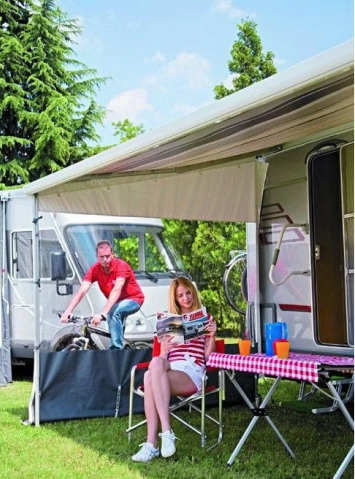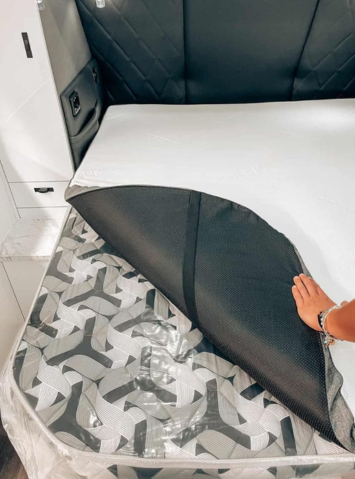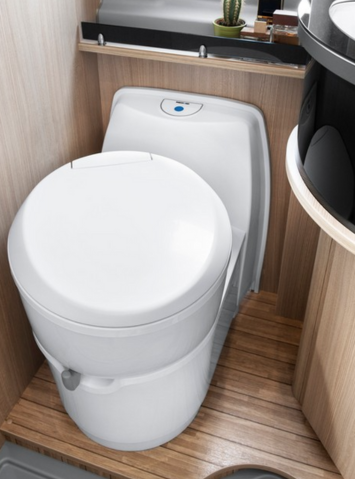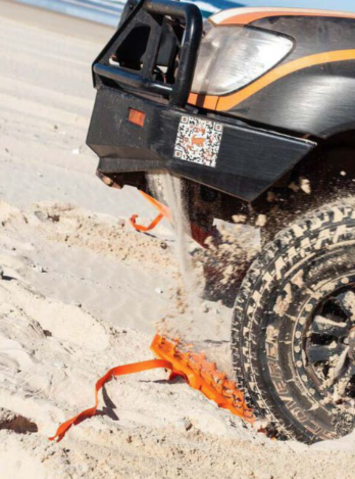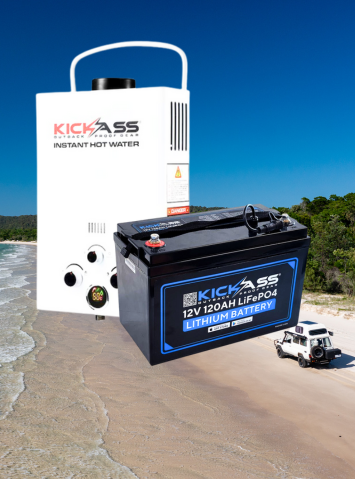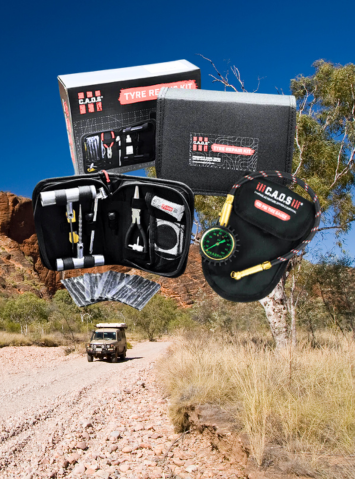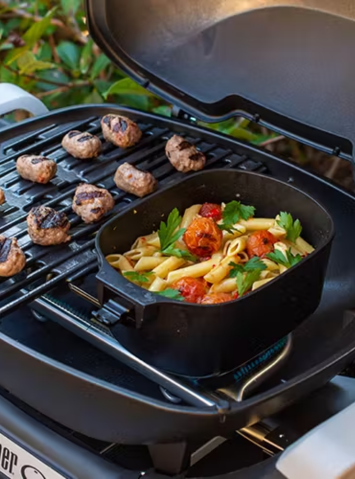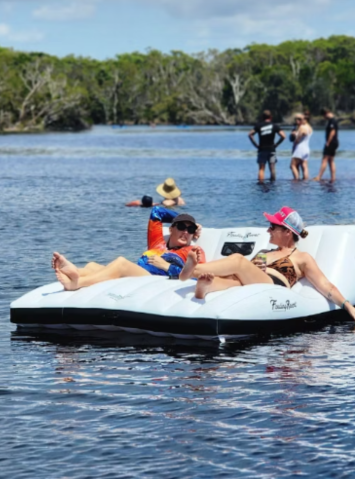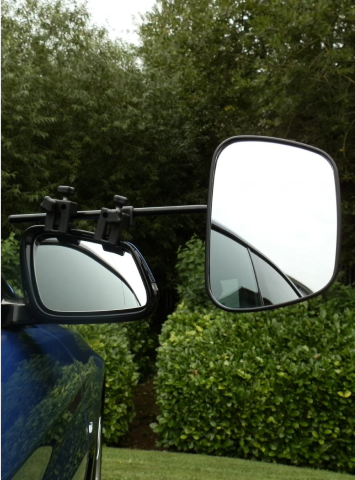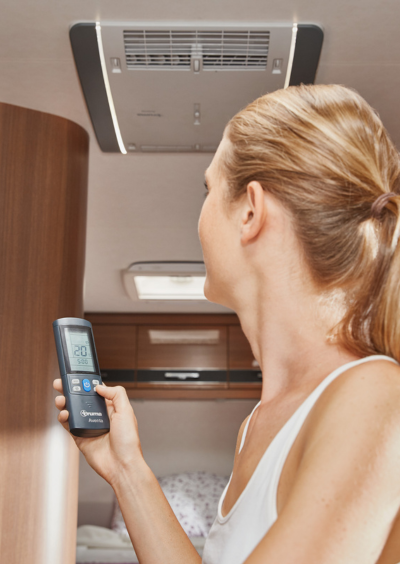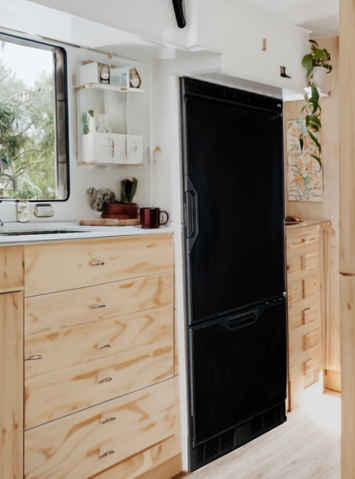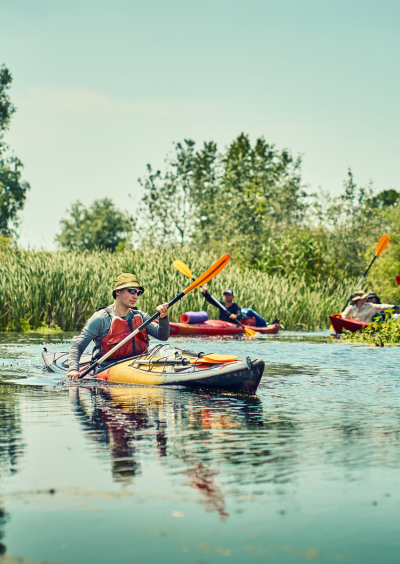All Camping Bedding Products
- Camping Foam Bedding
- Camping Air Beds
- Camping Foam Mattresses
- Camping Hammocks
- Camping Mattresses
- Camping Pillows, Sheets & Blankets
- Camping Pumps, Repair Kits & Accessories
- Camping Repair Kits & Accessories
- Camping Self Inflating Beds
- Camping Sleeping Pads
- Camping Stretchers
Camping Bedding
Camping beds come in all shapes and sizes. Some are large and roomy enough to comfortably sleep two people, while others are more compact and only meant for one camper. Camping beds also vary in terms of how much space they take up. Some can be easily packed away into a small car, while others may require a larger vehicle or even a trailer.
Camping Bedding
Camping Beds
Camping beds come in a wide variety of shapes and sizes, each designed to meet the specific needs of campers. When choosing a camping bed, the first thing to consider is how much space you need. If you plan on sharing the bed with a partner, then you'll need a larger bed. Camping beds also come in different heights. Some have low sides that are great for little ones, while others have high sides that offer more privacy.
Some of these include:
- What is the climate and terrain (Warm or cold, bumpy of flat)
- What vehicle is storing your bed (are you taking a car or 4WD, or going hiking?)
- What position do you sleep in
- If you have any injuries or soreness (getting in and out of bed needs to be easy)
- Ease of setup
- How often you'll be camping?
- Durability (does the camping bed need to last for one stay or many?)
Types of Camping Bedding
- Sleeping Bags
- Foam Mattresses
- Self-Inflating Mattress
- Folding Portable Beds
- Air Beds (Manual Inflating
- Stretcher Beds
What to consider before purchasing a Camping Bed
Space of Camping Area
This is probably the most important factor to consider when deciding what type of camping bedding to choose. If you are getting cozy in a single-person tent well you are certainly not going to be purchasing a queen self-inflating mattress. If however, your tent has a separate sleeping compartment then you could be able to fit a double or queen-sized bed in your tent.
Ease of Setup when Camping
If your camping trips are usually for a short period of time or you move about frequently (backpacking for example) then you are going to want a camping bed that is easy to set up and put away. Plus you will want a camping bed that takes up little storage space. A self-inflating camping bed such as the Weisshorn Self Inflating Mattress Sleeping Mat easily rolls up for easy transportation and storage, comes with a carry bag and is ideal for year-round camping.
Materials that last
- Weight - The camping bedding's fabric thickness is given in denier (D). A higher D bed is more waterproof and durable.
- Durability - RipStop fabric helps prevent rips from growing into big rips. Making it easier to repair.
- Nylon - Thin and light so good for nomadic campers. Used for making lightweight hiking mats.
- Polyester - Waterproof (so ground dampness doesn't seep through). Used for most fold-out beds and mats.
- Polycotton - More breathable than polyester. Stronger and lighter than cotton. Usually has a waterproof coating
Climate and Weather when Camping
If you are camping in colder climates, you may want to consider camping bedding fabric that has a higher denier for warmth. If your camping climate is warm and humid, you'll need to make sure your material breathes and is light, for example, polycotton or nylon.
Comfortability of Area
If you are camping for long stays and/or perhaps sharing the camping bed with a partner, compromising on quality and comfortability is a bad idea. A good night's sleep sets you up for the big day of activities ahead.
If comfortability is important for you, then we recommend you consider good quality camping beds such as self-inflating double beds with the addition of comfortable pillows and sleeping bags for warmth. If you are staying for short periods of time and comfortability isn't as much of a priority as cost value, then we suggest you browse camping stretcher beds or manual air beds for something in between.
Quilts, Sheets, and Doonas for Camping
Having the right camping bedding quilts, sheets, doonas, pillows, etc adds plenty of comfort to your night's sleep. There isn't much point have a great quality camping bed if you have a terrible pillow or are too cold at night. Consider purchasing an extra quilt or blanket and a camping pillow that you like.
